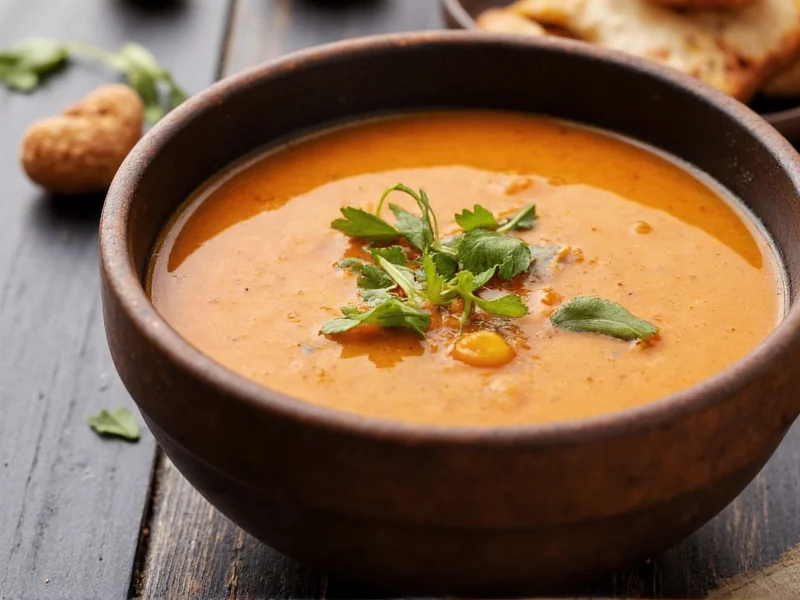Many searchers encounter confusion between scientific terminology and culinary terms. The phrase "soup recipes abiotic factor" combines two unrelated concepts that originate from completely different fields of knowledge. Understanding this distinction is crucial for finding accurate cooking information.
What Are Abiotic Factors Really?
Abiotic factors belong exclusively to ecological and environmental science. These non-living components shape ecosystems and include:
| Abiotic Factor | Natural Example | Relevance to Ecology |
|---|---|---|
| Temperature | Average regional climate | Determines species survival and distribution |
| Light Availability | Sunlight penetration in forest canopy | Drives photosynthesis and plant growth |
| Soil Composition | pH levels and mineral content | Affects nutrient availability for plants |
| Water Availability | Rainfall patterns | Shapes habitat types and biodiversity |
These factors play zero role in culinary applications. No professional chef or cooking resource references abiotic factors when discussing soup preparation. The confusion likely stems from mishearing or misspelling culinary terms like "aromatic factors" (referring to herbs and spices) or "basic factors" (fundamental recipe elements).
Soup Recipe Fundamentals You Should Know
When creating excellent soups, focus on these culinary elements instead of ecological terminology:
- Aromatic base ingredients - onions, garlic, celery, and carrots that form the flavor foundation
- Proper liquid ratios - balancing broth, water, or dairy for ideal consistency
- Ingredient layering - adding components at correct times for optimal flavor development
- Seasoning techniques - when and how to add salt, acids, and spices
- Texture considerations - pureeing, chunking, or emulsifying for desired mouthfeel
Common Terminology Confusions in Cooking
Several culinary terms sound similar to scientific terminology, causing frequent search misunderstandings:
- "Aromatic factors" vs "abiotic factors" - Aromatics refer to flavor-building ingredients like onions and herbs
- "Basic recipe elements" vs "abiotic factors" - Basic elements include stock quality, seasoning, and ingredient proportions
- "Acidic components" vs "abiotic components" - Acids like tomatoes or vinegar balance soup flavors
Professional chefs and culinary resources consistently use these cooking-specific terms rather than ecological terminology when discussing soup preparation techniques and recipe development.
Practical Soup-Making Guidance
For genuinely helpful soup recipe information, focus on these evidence-based culinary principles:
- Build flavor gradually - Start with sautéing aromatics before adding liquids
- Control salt timing - Add salt incrementally throughout cooking, not just at the end
- Balance acidity - A splash of vinegar or citrus can brighten heavy soups
- Consider texture progression - Add delicate ingredients last to maintain integrity
- Allow proper resting time - Soups often improve after flavors meld for 24 hours
These practical cooking techniques represent what searchers likely intend when mistakenly using "abiotic factor" in soup-related queries. Culinary science focuses on chemical reactions between ingredients, not ecological environmental factors.
Reliable Resources for Soup Enthusiasts
When seeking authentic soup recipe guidance, consult these trustworthy sources that use proper culinary terminology:
- Cookbooks from established culinary institutions (like The Joy of Cooking or professional chef publications)
- University extension programs' food science departments
- Certified culinary educator websites with verifiable expertise
- Reputable cooking magazines with editorial oversight
Avoid sources that misuse scientific terminology in culinary contexts, as this often indicates unreliable information. Quality soup recipe resources focus on practical cooking techniques, ingredient interactions, and flavor development principles rather than ecological concepts.











 浙公网安备
33010002000092号
浙公网安备
33010002000092号 浙B2-20120091-4
浙B2-20120091-4